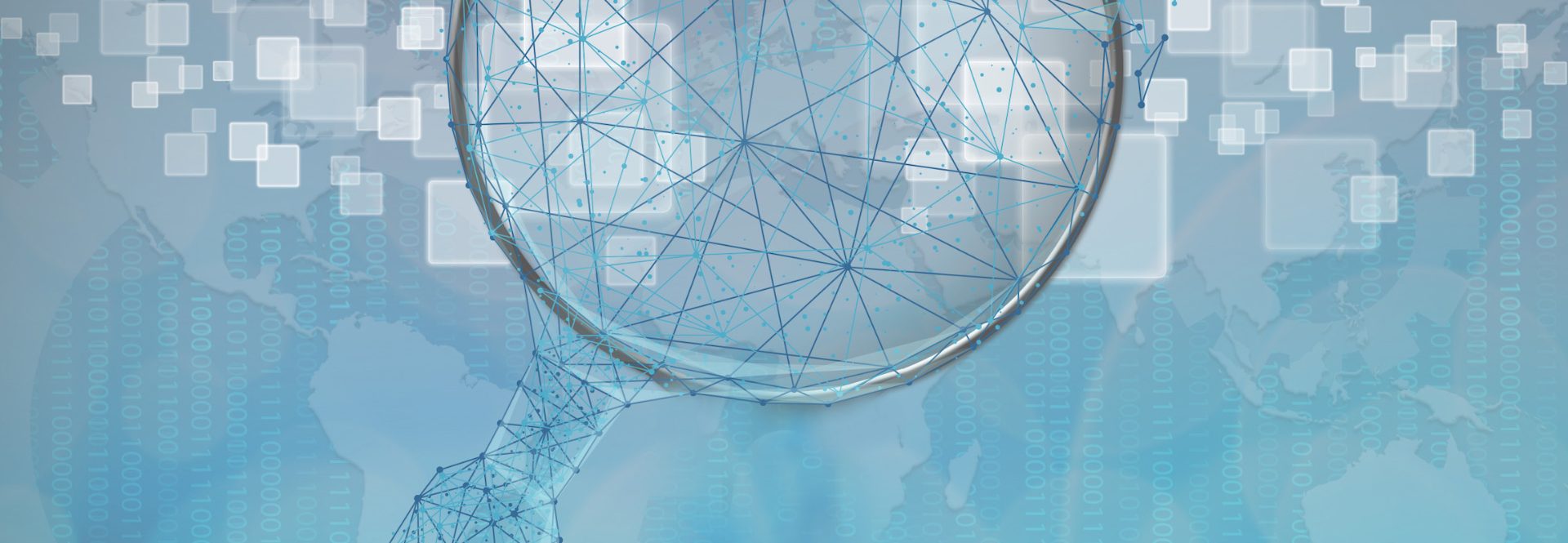

New Psychoactive Substances (NPS): automated identification and quantification
Webinar Overview
Keeping pace with illicit drugs known as New Psychoactive Substances (NPS), also referred to as ‘legal highs,’ presents a huge challenge to border control authorities and police forces across the globe.
Analytical methods to check suspicious substances must deliver unambiguous identification and proper quantification of seized compounds providing data robust enough for submission in legal proceedings.
Today the speakers will present new methods recently developed on benchtop Nuclear Magnetic Resonance (NMR) based on comprehensive and automated workflow for identification and quantification of suspicious mixtures, including push-button operation and report generation.
The plague of NPS
Fighting the widespread of substances of abuse is a constant battle for global law enforcement.
The United Nations Office on Drug and Crime (UNODC) reported 1,124 different compounds found in 135 countries by 24 January 2022 https://www.unodc.org/unodc/en/scientists/ewa/data.html
Automated NMR workflow for identification and quantification now available for forensic laboratories
The application of Nuclear Magnetic Resonance (NMR) is widely accepted worldwide to analyze suspicious material on a molecular level. The capability of targeted and untargeted identification and quantification of known and unknown substances is clearly the most prominent advantage of this key technology.
During the webinar, attendees will discover how the quantification of illicit substances, even in a mixture, is done by NMR without the need of compound specific reference material.
Now, with Fourier CrimeLab Narcotics Profiler, a new method has been recently developed on benchtop Nuclear Magnetic Resonance (NMR): narcotics laboratories now have access to a comprehensive and robust automated workflow for identification and quantification, including push-button operation and report generation.
User expertise, a specific infrastructure and investment requirements are no longer needed.
Distributed Laboratory Topology
A combination of Bruker’s high-resolution NMR spectrometers at central scientific centers and its benchtop NMR spectrometers at local governmental satellite laboratories introduces a new multi-level topology in the field of forensic analysis.
The NMR software package TopSpin that accompanies both instrument lines frees NMR operators up to support any kind of analysis, even remotely. Additionally, novice NMR users can use customizable, pre-defined data acquisition choices in the GoScan software on the new Narcotics Profiler.
This multi-level topology with national or international connected laboratories and harmonized methodologies provides a new platform for consistent data, reduce time-to-results, and improve training synergies.
Wednesday, April 20, 2022
11:00 AM EDT / 5.00 PM CEST
Key learning Objectives
- How NMR applies in forensic analysis for non-expert use
- How to harmonize narcotics analysis methods
- How distributed lab topology enables exchange of expertise
- How the open database tailors the solution to adapt quickly to new threats
Who Should Attend?
Any forensic and commercial analytical lab operators interested in analytical automated report-based methods to tackle the scourge of New Psychoactive Substances.
Speakers
Dr. Joerg Koehler
Head of Business Unit Industrial, Bruker BioSpin, Ettlingen, Germany
Dr. Joerg Koehler studied physics and holds a doctoral degree from the Institute of Biophysics and Physical Biochemistry of the University of Regensburg. After several positions in sales, sales management, and business administration he joined Bruker as Head of Business Unit Industrial. Today Dr. Joerg Koehler is accountable for Bruker’s global activities in magnetic resonance in various industrial market segments including forensics.
Marcio Cobo Ph.D.
NMR methods Developer - Bruker BioSpin (Ettlingen, Germany)
Marcio Fernando Cobo studied physics and holds a doctoral degree from the Institute of Physics of the University of Sao Paulo, Brazil. He worked on development of diverse methods in High Resolution (Solid State and Liquid State) NMR and Time Domain NMR.
Marcio joined Bruker in 2013, as a Method Developer, developing novel solutions to diverse fields, ranging from Polymer’s characterization and Food quality control to Narcotics Profiling.